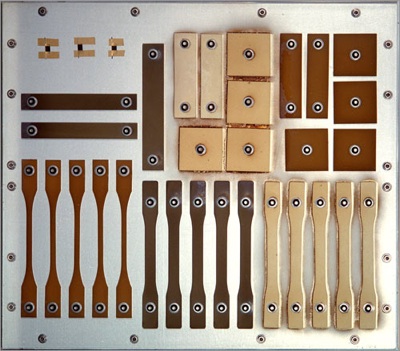
Long Duration Studies
In 1984 NASA launched a bus-sized cylinder into space. It was covered with 86 panels, each of which was a scientific experiment created to measure the long-term effects of space on various materials. The space craft, called the Long Duration Exposure Facility (LDEF) weighed 10 tons and circled the earth 32,000 times before it was retrieved by the Space Shuttle. NASA says the “experiments involved the participation of more than 200 principal investigators from 33 private companies, 21 universities, seven NASA centers, nine Department of Defense laboratories and eight foreign countries.”
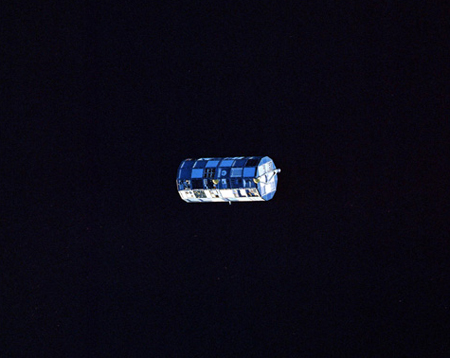
After it was returned to earth an additional 400 scientists studied the wear and tear upon the surface of this spacecraft after 5.7 years in space. Of course, 5 years is hardly long, especially for space, but it’s a start in trying to understand what would happen over centuries in space.
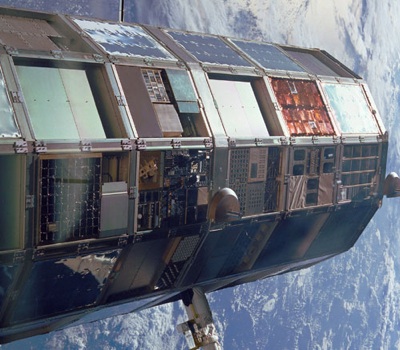
Each of the 86 panels is its own science experiment. Each has a beauty of their own. They posses a kind of geeky modernist charm.
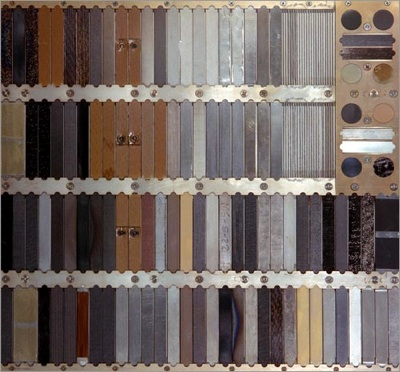
And each has also acquired a patina of expose to meteors, vacuums, and extreme heat and cold.
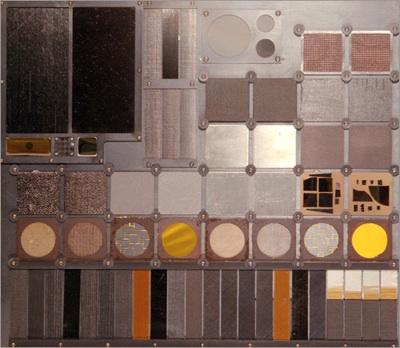
The author of thenonist was so enamomured by the beauty of the panels as “art” that he posted a wonderful gallery of them as an ode to this overlooked tool.

Join our newsletter for the latest in long-term thinking
Subscribe